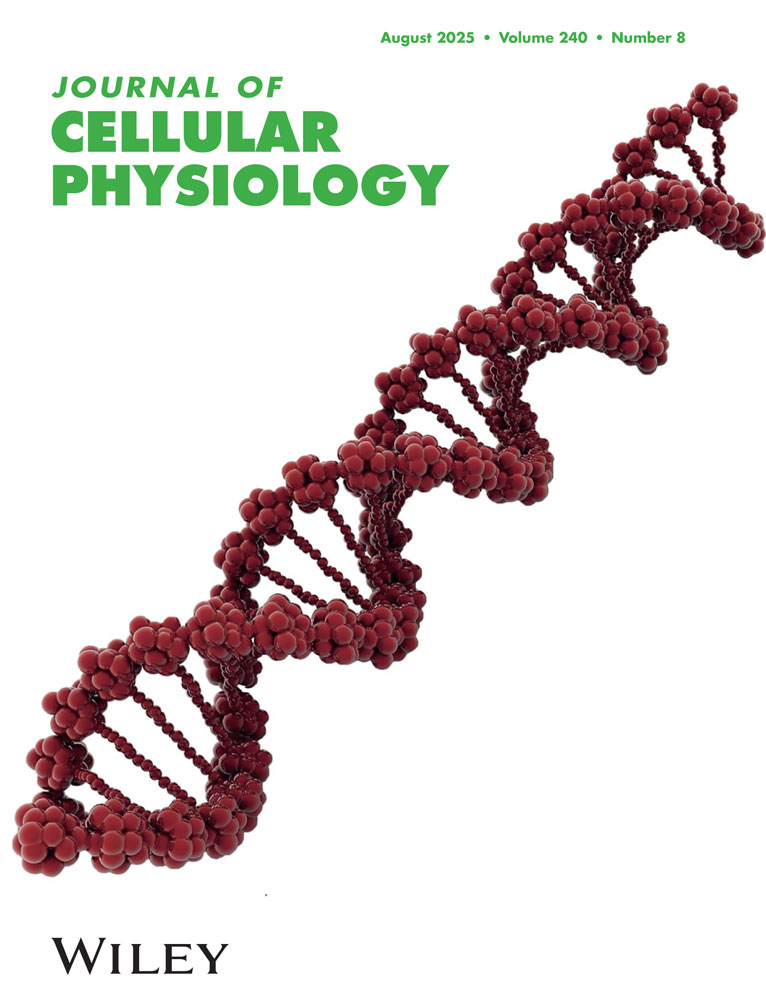IL-3 and ribavirin induce differentiation and growth suppression during long-term treatment of a megakaryocytic leukemia cell line
Abstract
Differentiation of the megakaryocytic leukemia cells, CMK, was induced by long-term (12 day) treatment with the combination of IL-3 and the nucleoside analogue ribavirin (RV), which reduces cellular GTP levels. In a previous report we demonstrated the induction of early messages and antigens, as well as the formation of giant polyploid cells in the cultures (Majumdar et al., 1994, J. Cell. Physiol., 160:29–39). Here we show high level induction of messages for the late markers, Platelet Factor 4, GMP140 (P-Selectin), thrombospondin, and beta thromboglobulin. The induced cells are also positive for these antigens by immunocytochemical analysis. The high level message induction resulted from synergy between the inducers. Pretreatment of the cells with IL-3 could accelerate the rise in message seen with the inducer combination. The increase in differentiation markers was accompanied by a reduction of the proliferative capacity of the cells. Riboguanosine, which has anti differentiation activity, blocked the induction of early and late antigens by the inducer combination, and also by IL-3 acting alone, but did not block the reduction in proliferative competence. In this model of megakaryocytic differentiation IL-3 treatment yields and initial stimulation of growth followed by growth supperssion, and is the principal driver of the differentiation process. RV functions primarily as a stimulator of message and protein expression in synergy with IL-3. © 1995 Wiley-Liss Inc.




